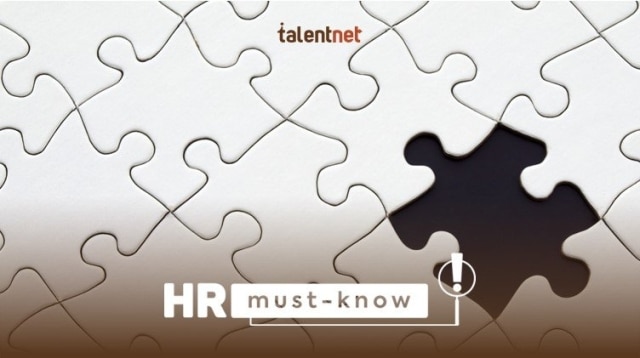#HRmust-know: Skill Gaps - Why is it Important and Where to Start?

October 12, 2021
Skills gaps are defined as employees’ lack of required skills to perform their jobs well. This mismatch makes it difficult for employers to find appropriate candidates to fill positions.


For results-oriented companies, it is essential to make the most of employee performance and the skill gaps are the biggest obstacle to achieving business goals. In terms of employee training and development, the most important question is how to identify skill gaps in the workplace.
Why is it important to identify skill gaps?
Identifying skill gaps benefits the company because it can ensure that employees are well trained, knowledgeable, and able to do their jobs better. Some benefits that the skill gap analysis process can bring to your business:
- Identifying the right talents that the firm requires.
- Assisting in the recruitment process since skills gap analysis defines what skills to look for when recruiting new employees
- Pointing out the critical skills that employees need to work on.
- Finding an effective approach for assessing training requirements. An examination of skill gaps will not only identify what skills need to be trained or improved in the short term but also influence your long-term L&D plan.
Don’t know where to start? Data will lead the way!
First, data about employee performance is the right place to start. This step requires data collection to identify competence, performance gaps and core problems that need to be addressed. This step is also useful for discovering training requirements for employees.

Second, it is advisable to make use of numerous data sources to evaluate data, check analytical findings and eventually ratify skills gaps appropriately. A minimum of three sources are the ideal strategy. It not only gives you diverse points of view but also provides you with an alternative choice to use when one source of data goes wrong.
Remember that it’s extremely important to focus on choosing the right data collection approaches to discover shortages in key abilities at work. Inaccurate data or improper methodology might have serious consequences when it comes to training, development and even operational activities of your firm.
Last but not least, don’t forget to use numerous sources of data for monitoring purposes. The data can be employed to cross-validate data, confirm analytical results, and, finally, appropriately ratify and identify skill shortages. Monitoring its impact can help you determine what’s working and what isn’t so that your business and workers can bring about genuine change and sustainable growth. At the end of the day, that’s what we all want.
If you are still wondering where to start with the skill gap analysis process, contact Talentnet right away! We own a team of experienced consultants willing to help your company identify and address the skill gaps while saving your time and resources.

